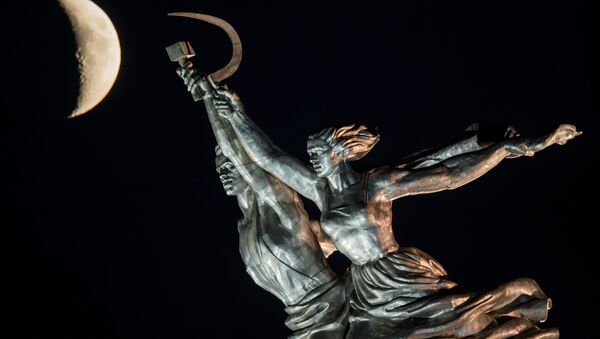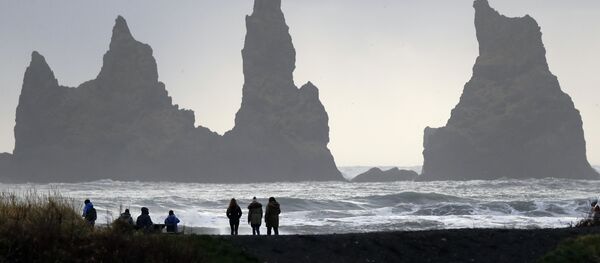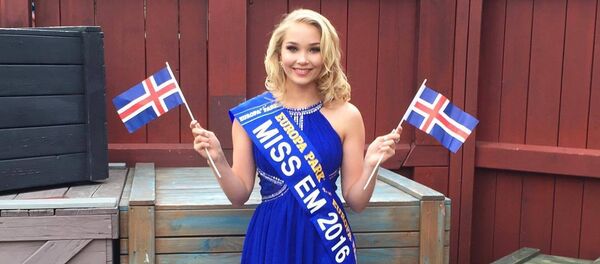Despite the fact that Iceland has been repeatedly ranked among the best countries with regards to gender equality by various investigators, Icelandic women have been found to earn between 7 and 18 percent less than their male counterparts, on average, by the Icelandic Center for Gender Equality.
Icelandic Equality and Social Affairs Minister Þorsteinn Víglundsson admitted the time was ripe "to do something radical" about this issue. While some people argued that the law would impose unnecessary new paperwork, Víglundsson defended his cause, arguing that such burdens must be put on companies to "fight against injustice."
On October 24, 2016, thousands of Icelandic women stormed out of work at 2:38 pm in order to protest the gender wage gap outside parliament. The moment was not chosen arbitrary, as women's rights group calculated that women are working for free after this time each day.
Whereas equal wages might indeed be a landmark achievement for the minuscule Nordic nation of 320,000, its efforts are in no way groundbreaking in the grand scheme of things.
In the subsequent age of rapid industrialization, the right to equal pay for women was guaranteed by Article 122 in the 1936 constitution, which also guaranteed a plethora of benefits, including maternity leave, free childcare through state-owned kindergartens and legal protection from overly exhausting and hazardous work. This also led to the fact that female participation in the workforce of the Soviet Union (around 90 percent) was much higher than in Western countries.
Of course, money wasn't everything in the Soviet system, where price controls often made access to goods and services everyone could technically afford hard to come by.
Women of Iceland left work early today to rally for equal pay.#kvennafri pic.twitter.com/1IaRvLDEpU
— Halldóra Mogensen (@Halldoramog) October 24, 2016
Never miss a story again — sign up to our Telegram channel and we'll keep you up to speed!




